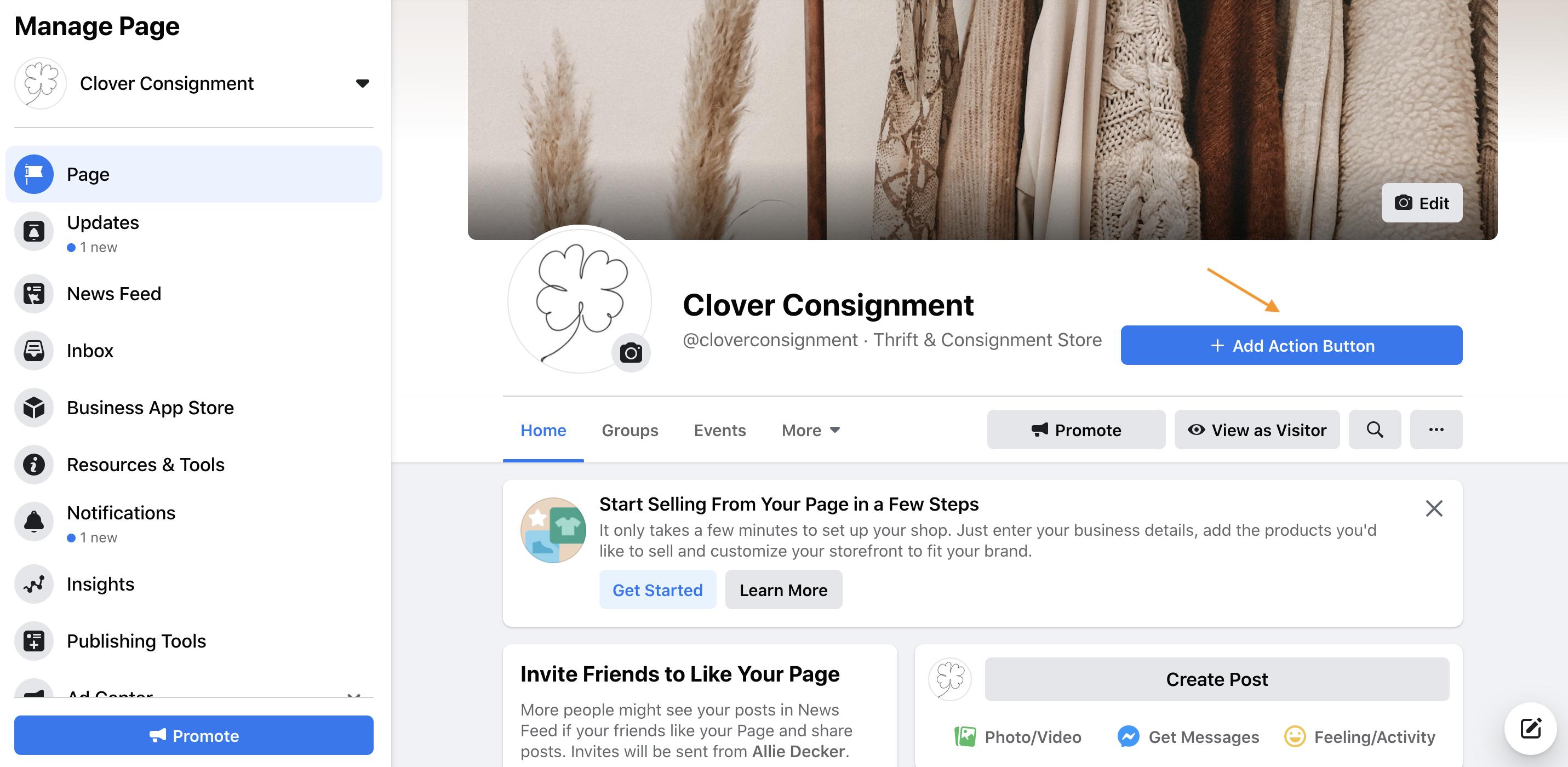
Finding content to promote social selling can be difficult. It is possible to find industry-related blogs. However, it can be difficult and time-consuming to keep track of all the material. Fortunately, social selling platforms act as a central hub for content and allow you to curate material based on what's relevant to your target audience. These are some tips to help you manage your content and make social selling more efficient. These techniques can be combined with LinkedIn and Twitter, Hootsuite Inbox or Zendesk.
LinkedIn
LinkedIn is a powerful social selling tool. Here are the best practices. LinkedIn allows you to share milestones and content from your company and show your industry influence. Because the social network is continually growing, it makes good sense to make use of it. It doesn't matter if you are a beginner or an expert, the best practices in LinkedIn social selling will apply to you.
To improve your social selling performance, the first thing you need to do is find people in LinkedIn groups. Search for people by company names, job titles and other criteria. It is better to connect with someone who is already interested than someone who just joined the social networking. Include your own experiences to demonstrate your value to the group. This will make your prospects feel more confident after reading your profile.

Hootsuite Inbox
Hootsuite Inbox Business will help you manage your social networks in a more efficient way. This tool gives you a dashboard that displays all of your conversations from multiple social networks. Inbox notifications can include private and public messages. You can also manage your inbox and filter out unread mails. A unified search feature allows you to quickly find any message by author or topic on the platform.
Hootsuite Inbox social-selling allows you to monitor and manage engagement on your posts. It lets you reply to comments or engage with any article. It's ideal for Facebook, Twitter and LinkedIn. It is easy to keep up with what's going on and not miss any important information. There are a few things that you need to remember before signing up for Hootsuite Inbox Business.
Zendesk
With Zendesk for Social Selling, you can turn social media engagement into a profitable sales channel. You can use conversational channels such WhatsApp* to capture every interaction between customers, brands, and you can also manage them. With employee support teams managing multiple tasks, it is important to find a way to streamline the way they work. The right tools can help make this process simpler, reduce human error, identify trends, and more efficient. You can read on to learn more about Zendesk’s Social Selling capabilities.
The integration between Zendesk and social media helps you deliver superior customer service. Zendesk can convert social media conversations into tickets so agents can respond to customers directly. You can now respond to customer's questions, comments, and reviews from Zendesk once you have integrated both systems. Using a single system for handling social media interactions makes everything easy, and it integrates with other tickets to make the experience seamless.

Twitter
While a great deal of effort goes into crafting an effective pitch for social selling on Twitter, it is also important to keep in mind that it's not always possible to get your point across in 140 characters or less. By personalizing your responses, you can pique your prospects' interest. Avoid losing a potential lead by using a friendly voice and keeping your responses short. In general, consumers expect to hear back within one hour.
When social selling on Twitter, it's essential to use industry-specific phrases, sales-related terms, and help-hand conversations. These will help you pinpoint conversations where someone needs your help and signal that they're ready to make a purchase. You can use phrases like "How's your business?" When interacting with customers via social media, use phrases such as "how's business?" and "what's the next step." If you use these terms to address customer problems and questions, they will be more likely than ever to reply positively.
FAQ
How can content marketing strategy help me?
A Content Marketing Strategy gives you access to data you wouldn't otherwise have. This data allows to identify which types and content perform well.
It helps you identify the strategies you should use to drive more traffic to your site. And it provides insight into your audience's behavior so that you can develop even better content.
This allows you to focus on the good content and less worrying about whether it works.
The Content Marketing Strategy helps you identify the messages that resonate with your audience.
By analyzing these messages, you can figure out what content they prefer. You can use the same content to keep your winning ideas going.
A Content Marketing Strategy is a tool that helps you monitor the performance of your content. As you continue sharing different content types, you can easily see which ones convert better.
A Content Marketing Strategy is essential to ensure your content performs according to its intended purpose.
What can I do to improve my content marketing strategy
You can improve your content marketing strategy by focusing on audience, content, and distribution. It is important to first identify your ideal customer. This will help you determine where they live online. This information will allow you to tailor your content to their needs. The second step is to create a voice and style that differentiates you from the rest. Third, you will need to know how to properly distribute your content.
How much does content marketing cost?
Prices for content marketing vary depending on whether the solution is outsourced or managed by you. Outsourcing content marketing services are usually cheaper than hiring full-time employees, allowing you to scale quickly when you need more coverage.
According to HubSpot research, outsourcing content production costs around $5 per lead generated (for B2B companies) compared to $22 per lead generated (for consumer brands).
There are many web resources that offer free content marketing tools, which you can use to create compelling content that converts.
There are many different ways to optimize content that is optimized for search engines, such as Google and Bing. For example, you could write original articles and guest post on blogs. Or, you could curate content form other websites or reuse existing materials.
You will need to know how to create great content if you decide to go the self-produced content route. However, once you are proficient in this skill, it will be easy to produce content.
You can start by creating simple landing pages using WordPress and then move on to building out your site. You can then build your portfolio over time.
How easy is content marketing to measure?
Yes! It is part of the process to measure results. This helps you to determine if your efforts were successful or if you need to make adjustments.
You can track which visitors came from different sources (emails, social media, paid advertisements, etc.) and track conversions, such as sales leads and purchases.
These metrics can tell you which pieces of content performed well and where your most significant opportunities lie.
Are there any common mistakes made when creating a content marketing plan?
A plan is the most important thing to do when you are creating content marketing strategies. Without a solid plan all of your efforts will be wasted. Without a solid plan in place, you can create tons and tons of content.
A well-thought-out strategy for content marketing provides direction, focus, as well as goals. It keeps everything in line as you move to different phases. It might help you to analyze what posts get the highest engagement rates, for example, when you start social media marketing campaigns. This way, you know which kinds of posts will help drive traffic to your site and the ones that won't. You can then decide whether you want a series of articles or videos that are based on these results.
Another mistake people often make is not thinking about how long the content marketing campaign will last. It's logical to write content today if your website will be launched tomorrow. But if you've been working on a content marketing strategy for six months, you probably want to wait until you have more data before pushing out new material.
It takes time and effort to create great content. Don't rush yourself or underestimate this step.
Suppose you're a business owner who wants to learn more about content marketing. Our guide How To Make Content That Workes is a good choice. It outlines ten steps to create content that works and ensures that your marketing programs are efficient.
Statistics
- According to our research, brand awareness, attracting traffic, and generating leads remain the key content marketing goals in 2022. (semrush.com)
- Seventy-two percent business to business (B2B) (mailchimp.com)
- Companies that use content marketing see approximately 30% higher growth rates than businesses not using it. (mailchimp.com)
- Forty-seven percent of buyers view 3 to 5 pieces of content before engaging with a sales representative. (mailchimp.com)
- Content marketing produces 3X more leads per dollar spent. Content marketing costs 62% less than traditional marketing. (criteo.com)
- We found that 40% of businesses don't have a documented strategy yet. (semrush.com)
- Progress indicators (0–100%) allow each team member to see how attainable each goal is and understand what remains to be accomplished. (semrush.com)
- This marketing strategy landed Ford a 15.4% conversion rate. (neilpatel.com)
External Links
How To
What is a Content Marketing Plan?
A content marketing plan (CMP) is a strategic document that helps you define your goals, objectives, and strategies for developing and executing your online presence. It is a guideline for achieving those goals through content creation, distribution, and other means.
The CMP is usually broken down into three main areas:
-
Your overall strategy - What do you want to achieve?
-
Your content strategy: Where do you find the right people to create, curate, or distribute your content?
-
How you will execute your strategy. Which channels are you going to use to share your content. And what types of content will you produce?
These are the components that make a CMP effective.
-
Goal Setting – Define and measure your target audience.
-
Audience Research: Understand your ideal customers to know where you should look.
-
Strategy – Develop a clear vision and strategy for where you want to be. Then break it down into smaller pieces.
-
Execution - Be realistic about your expectations and when you will see the results of your efforts.